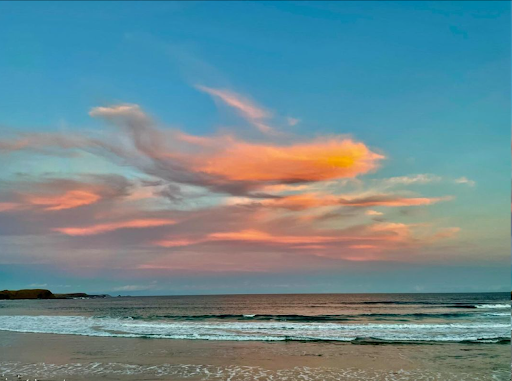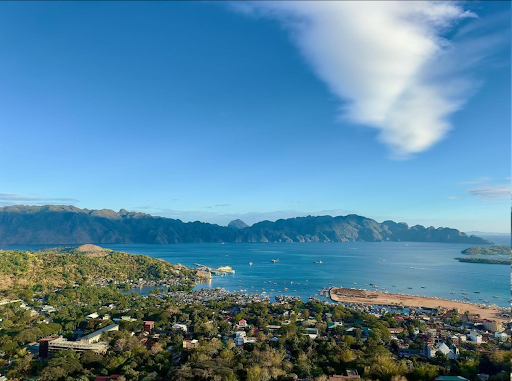Phillip Island, a picturesque locale off the coast of Victoria, Australia, stretches over a land area of approximately 101 square kilometers. This sizeable island is not just a geographic landmark, but also a haven for wildlife, a hub of vibrant communities, and a favorite destination for adventurers seeking a memorable Phillip Island day tour. Beyond its natural beauty, the island’s considerable scale invites curiosity—its size playing a crucial role in hosting diverse ecosystems and tourist activities. In this article, we will explore just how large Phillip Island is, delving into its dimensions and the multifaceted nature that its size supports.

Phillip Island at a Glance
Nestled in the waters to the southeast of Melbourne, Phillip Island serves as a natural breakwater for the Western Port. Known primarily for its picturesque landscapes and abundant wildlife, the island is steeped in history, with evidence of human settlement dating back thousands of years. Today, it is renowned for features like the Phillip Island Grand Prix Circuit and the Penguin Parade, which attract enthusiasts and families alike. With its coastline, wetlands, and woodlands, Phillip Island provides a microcosm of Australian beauty.
Measuring the Island – A Quantitative Perspective
To truly comprehend the scale of Phillip Island, one must look beyond mere words and investigate its geographical data. With diverse terrains ranging from sandy beaches to rugged cliffs, the island’s topography adds complexity to its already impressive area. Notably larger than many realize, Phillip Island’s vastness becomes apparent when compared with other landmarks. It is this expanse that allows for an array of natural habitats and a rich variety of activities—a paradise large enough to cater to both the quiet conservationist and the energetic tourist.
Consider the following numerical representation of Phillip Island’s size:
| Dimension | Measurement |
|---|---|
| Land Area | 101 km² |
| Coastline Length | 97 km |
| Highest Elevation | 109 meters |
Delving into the Dimensions
The physical metrics of Phillip Island reveal a substantial landmass that reaches lengths of up to 26 kilometers from east to west and widths of 9 kilometers from north to south at its widest point. The island’s topography varies significantly, with its highest elevation at Cape Woolamai reaching an impressive 109 meters above sea level. These varying elevations contribute to an even greater perception of the area when traversing its diverse landscapes.
In terms of its coastal perimeter, Phillip Island boasts:
- Scenic shorelines that offer wide, sandy expanses and secluded coves
- Rocky outcrops that are home to penguin colonies and seal rookeries
- Access to a multitude of water-based activities, including surfing and boating
Phillip Island Beyond the Numbers
While the quantifiable aspects of Phillip Island’s size are impressive, it’s the qualitative features that truly capture the heart. Home to diverse ecosystems, including wetlands, mangroves, and dunes, the island’s large size accommodates a wealth of Australian fauna such as the little penguins, fur seals, and koalas, making it a biodiverse hotspot. The human footprint coexists here, with settlements and farms interspersed amongst protected nature reserves and beaches. Within its spacious bounds, the island maintains a delicate balance between development and nature.
Infrastructure and Accessibility
The size of Phillip Island not only allows for a rich array of natural wonders but also supports a robust infrastructure system designed to make exploration seamless for residents and visitors. The road network facilitates easy access to key attractions like the Nobbies Centre and Churchill Island, while well-maintained walking tracks invite nature lovers to soak in the island’s beauty at a leisurely pace. Accessibility ensures that the appeal of a comprehensive Phillip Island day tour remains strong, with comfortable distances between points of interest.
Confronting Misconceptions About Phillip Island’s Size
It is easy to underestimate the size of Phillip Island based on cursory glance or fleeting visits. However, its true scale becomes evident to those who linger and explore. Educational efforts to accurately convey the island’s dimensions help to dispel myths of smallness. To that end, personal testimonies from visitors often convey a sense of awe at the expansiveness of Phillip Island, with many recounting their surprise at the roominess and plentifulness the land possesses, transcending expectations set by maps and figures.

Conclusion
In conclusion, the magnitude of Phillip Island extends beyond its 101 square kilometers, encompassing a rich tapestry of history, culture, and natural wonders. Its size is a testimony to the island’s ability to house a myriad of landscapes and ecosystems, providing a substantial base for both human and animal inhabitants. It allows for the enduring popularity and the continued enchantment of a comprehensive Phillip Island day tour. In understanding the true size of Phillip Island, we gain deeper appreciation for the intricate balance between development and conservation necessary to preserve this Australian gem for future generations.
FAQs About Phillip Island’s Size
- 1. What is the actual land area of Phillip Island?
- Phillip Island spans approximately 101 square kilometers, showcasing its considerable size for a small island.
- 2. How long is the coastline of Phillip Island?
- The island boasts a coastline that stretches around 97 kilometers, offering ample space for its diverse marine and beach activities.
- 3. Can you walk around Phillip Island in a day?
- While Phillip Island is large, it is possible for an avid walker to circumnavigate it in a day as long as they are prepared for a lengthy and challenging trek.
- 4. How does Phillip Island compare in size with Sydney Harbour?
- Phillip Island is significantly larger than Sydney Harbour, which covers an area of about 55 square kilometers, demonstrating the island’s impressively large size.
- 5. Are there any plans to develop more of Phillip Island, potentially changing its size?
- Any development on Phillip Island is carefully considered with environmental conservation in mind. While development may alter the usable space, it would not change the island’s actual size.
